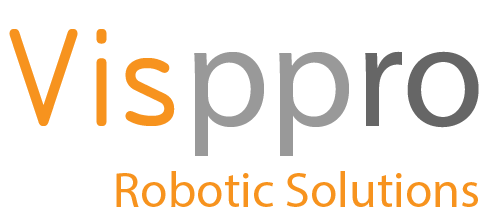Creating a Business Case for Using Industrial Robots
Seeking Investment.
Gaining investment approval can be challenging especially if the company has no previous experience of using industrial robots within the workplace. Companies often prioritise capital spending on sales and marketing initiatives, new product development, or increasing labour capacity, areas where they may have previous experience and gained successes. Therefore, typical reasons for rejecting investment could be:
- Limited capital due to current economic conditions, i.e. Brexit, Corvid.
- Competitive pressures from other suppliers or a decline in sales.
- Concern about putting capital at risk in the current climate.
- Lack of in-house knowledge or experience in using the latest technology.
Such reasons will make investment approval appear difficult so the development of a sound business case is essential if approval is to be gained.
Most companies consider that an important factor in gaining approval is the financial payback, with many companies operating within a 2 to 3-year time frame. These can often be challenging targets, also in many cases, automation labour savings are often used as the main projected savings.
The use of robots will in most cases reduce the amount of labour content but many other significant factors need to be considered and incorporated into the business case. These cannot be easily attributable to purely formal accounting gains. These factors can greatly attribute to the growth of the company and should be included in the business case.
Payback opportunities.
Most robotic solutions offer improved production output by increasing production speeds.
Results are more measurable and consistent when compared to using manual labour.
Lower downtime figures due to staff sickness, holidays, stoppages for lunch and tea breaks.
Reduced usage of temporary staff to cover staff shortages.
Lowering the percentage of product defects, reducing customer recalls, and increased production output.
Additional added benefits.
Improved supplier and customer levels of perceptions. Increasing the company image to external sources by adopting the latest technology methods and best practices.
Reducing the risk of repetitive strain injury (RSI) claims against the company. Resulting in improvements in Health and Safety.
Incorporating vision systems to increase quality checking, save time, and provide accurate product counting.
Reduced product costs, increased productivity, and potential for more sales.
Not having to take on extra overseas additional labour to meet increased productivity demands. An important factor after Brexit.
Being left behind in the marketplace due to the fear of adopting new technology. The impact this may have on future business.
The use of robotics is being more widespread across a greater range of industries enabling prices to fall.
User-friendly operator screens mean robots are becoming easier to configure and operate.
Providing remote iCloud modem support enables problems to be identified and fixed quickly.
Improved staff morale, investing in new plant and equipment usually has a positive effect on the workforce. Especially if a poor investment has occurred in the past and equipment is becoming obsolete and unreliable.
It is also important to engage with the workforce from the offset when considering automation upgrades, gathering feedback on current production problems, and removing future concerns or fears will ensure a smoother transition.
There are many advantages to using robots within small and medium-sized enterprises and adoption rates are steadily increasing so let’s explore the potential financial benefits.
Consider a £150,000 budget – (Cost of a robot, conveying and implementation.)
A 3-year payback timescale
Potential cost savings.
Labour costs reduced, saving £25,000 + per year. (Easily achievable in most cases).
Increased production output by £20,000 + per year. (Easily achievable in most cases).
Estimated Savings made on Payback opportunities £5,000.00 (Conservative estimate normally much greater)
Estimated Savings made on Additional added benefits £3,000.00 (Conservative estimate normally much greater)
Savings Year 1 = £53,000.00
Savings Year 2 = £53,000.00
Savings Year 3 = £53,000.00
Total Savings = £159,000.00
This is a very simple example of potential costings and savings that can be made from installing a robot solution.
Each application is different and will need to be evaluated and costed on its own merits, however, done correctly major savings can be achieved.
Finding the Right Solution Provider.
Finally, source a robot integrator company that has the experience and knowledge of your business sector. They will have a track record of successful implementations with similar companies like yours and will be able to provide valuable feedback information and the confidence to go forward.
